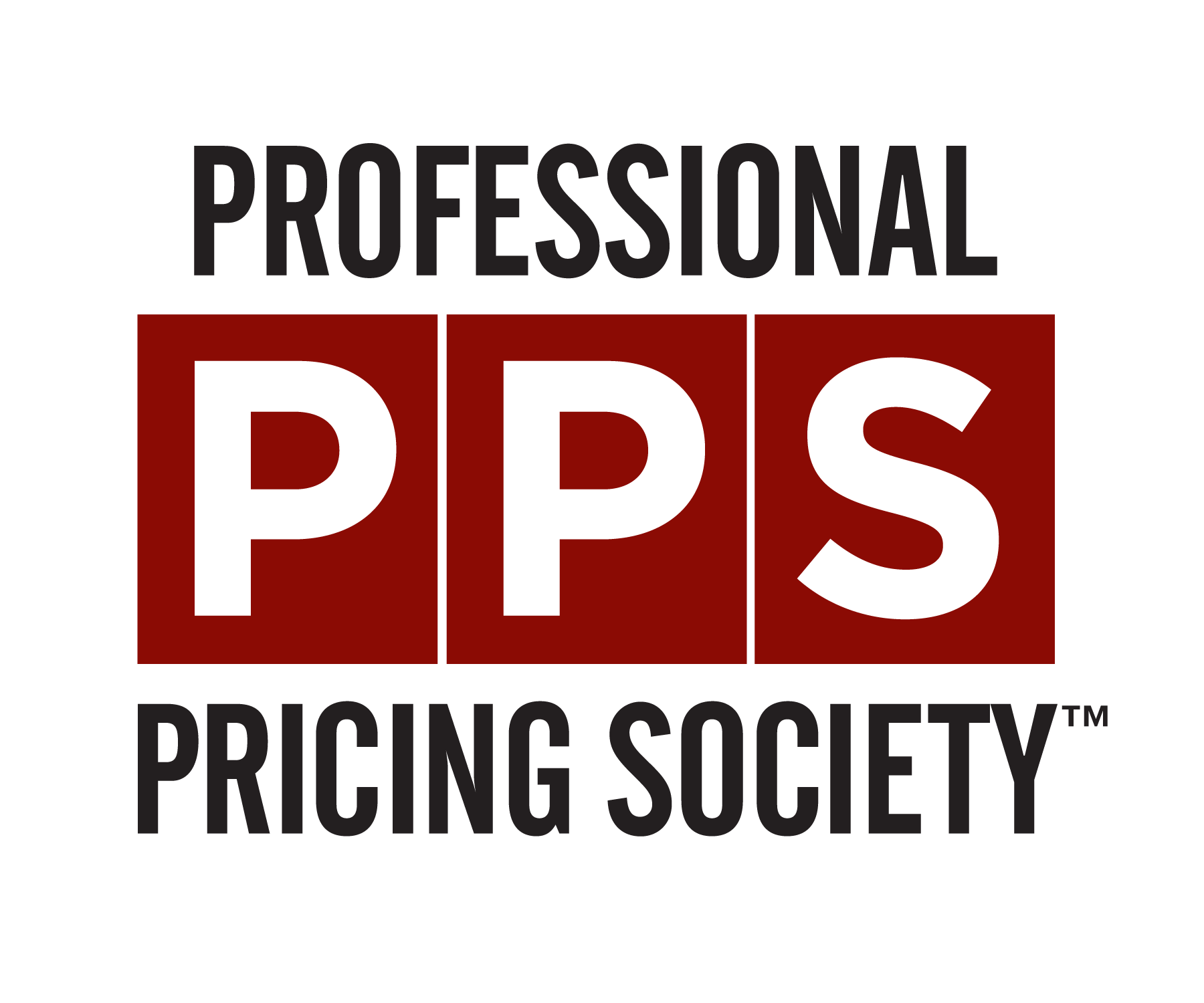To Price or Not to Price, That is the Question
- terrence603
- Mar 9, 2023
- 2 min read
Updated: Mar 14, 2023

Author: Johnny R. Haskins, Jr. MBA, MCTS, MCITP
Anyone who took Shakespeare knows that the title of this piece is a play on the words of the character: Hamlet, in Shakespeare’s Hamlet, Scene 3, Act 1. But as a pricing leader for your organization, the concept is not foreign and is one that has to be effectively managed daily to achieve and beat revenue goals for your organization. The answer to the pricing question almost certainly is, “Yes”, you have to price and price effectively. You have to surf the waves of the enthusiasm within your organization and body-board the rip-tides of global market constrictions and deliver the best pricing solutions for your organization.
Whether your company succeeds or fails is directly tied to your ability to manage pricing, searching ever for the sweet-spot that delivers against the demand from your customers and the competitive-price-daggers of the competition that result in some saying, “Et tu Brute?”
Even though the brutal truth is that the elasticity of demand remains a key element in setting price, many leaders find it increasingly difficult to forecast by simply raising or lowering prices that result in little effect on unit sales. Some price leaders wobble into solutions that are as transitory as the markets the leaders seek to profit in. Other leaders bogg themselves down with superfluous iterations of economic calculations that have little or no effect on increased volume of units sold. And still further, some leaders search for the profit-maximizing price by marking up variable costs that tend to be only on upward trends.
Though the latter methodology has saved some price leaders from the doom and gloom of missed opportunities, it also has contributed to missed revenue opportunities due to the reliance on simplistic assumptions. Even new managers in the pricing-world know that fixed-costs play no role in setting the optimal price and are only relevant when they help leaders decide whether to offer a product into the market. Fixed costs relevance only helps when deciding how much to charge for the product.
And so, now you are in the position of making the pricing decisions for your organization or at least are a part of a team of pricing managers. To avoid pitfalls of other pricing leaders from the past, you should ensure that you expand your knowledge base and stay agile in your pricing-decision-making process. Some pricing managers take one additional step and leverage the absorption costing approach, where the cost-base is the absorption costing unit product cost rather than the variable cost. This methodology makes pricing decisions look too easy because it assumes that the customer needs the forecasted unit sales and will pay whatever grandiose price the company chooses to charge.
The tragedy of this approach opens many price leaders up to competitive market pressure and the potential loss of market share. Other price leaders choose to employ target-costing, where the target costs is set first and the company’s product is designed so that the target cost is attained. Whichever methodology you choose to employ in your organization, Pricing, Pricing, Pricing will echo in your head (or at least it should) and scream at you in your dreams—or pricing nightmares.




Comments